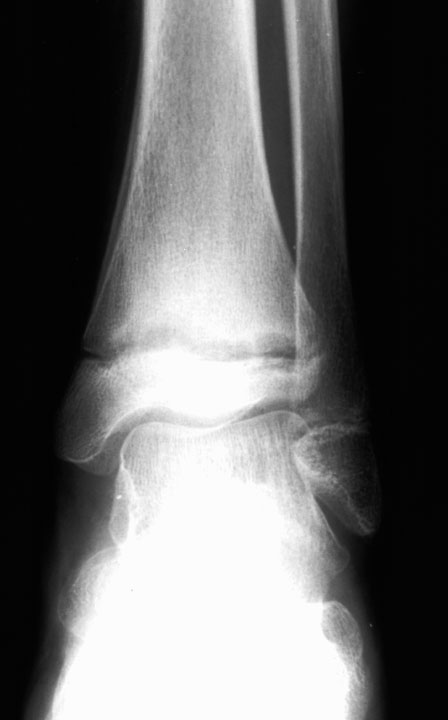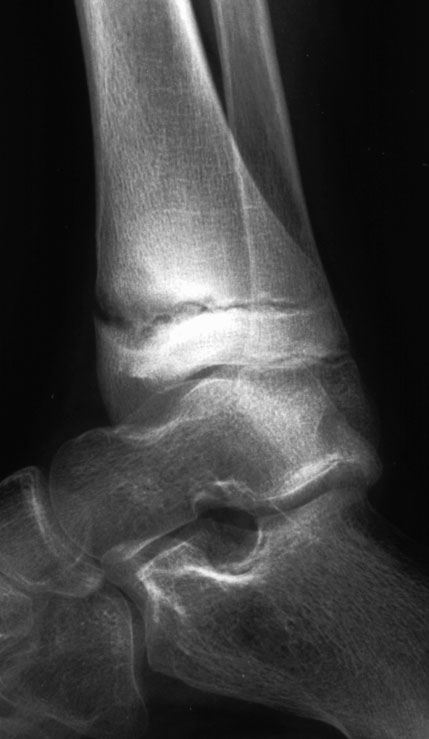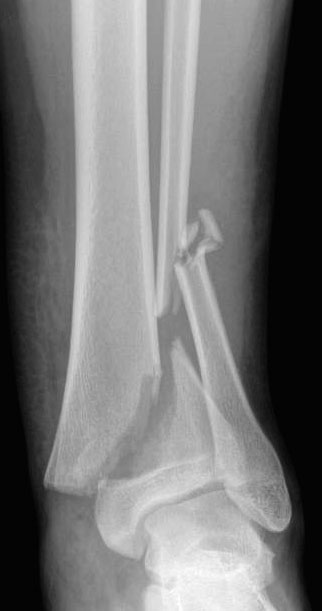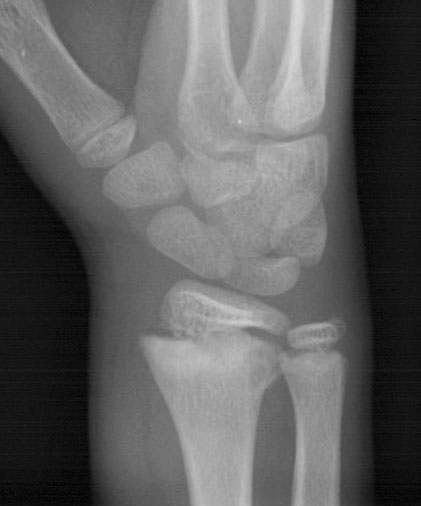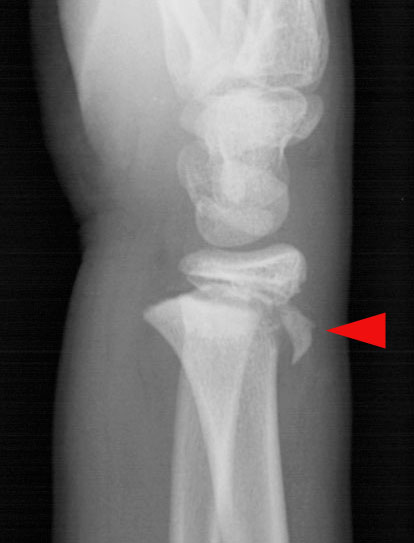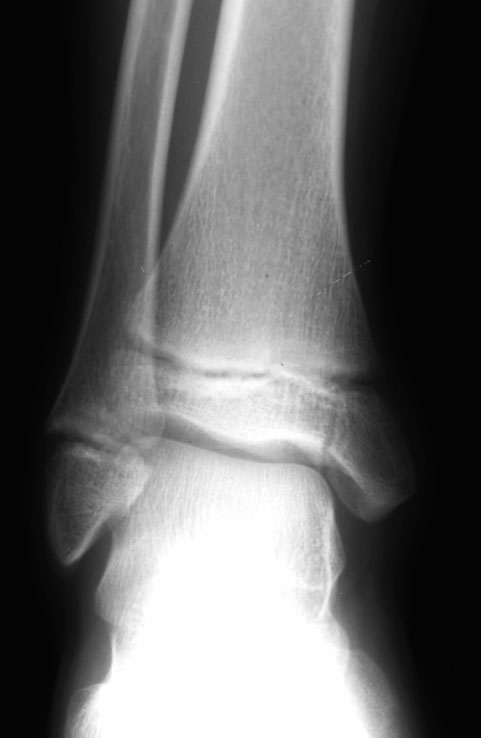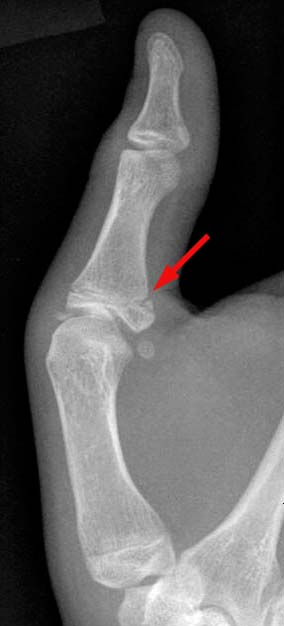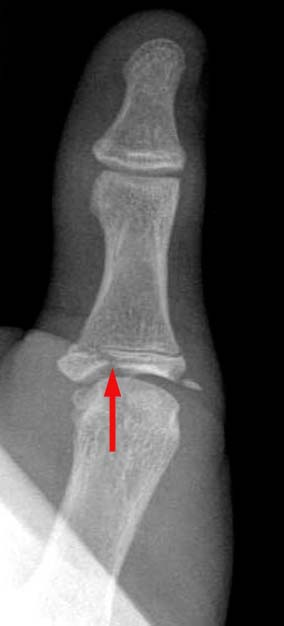Pediatric Radiology > Musculoskeletal > Trauma > Salter-Harris Fractures
Salter-Harris Fractures
![]()
|
The physeal plate is often involved in traumatic pediatric injuries. Up to one-third of all pediatric fractures involving the long bones will involve the physis. These fractures carry added significance because involvement of the "growth plate" may lead to arrested development of the affected limb. The more severe the injury, the higher the likelihood of requiring surgery with internal fixation. The standard classification for physeal fractures was set forth by Salter and Harris. This classification divides fractures into five types based on whether the metaphysis, physis or epiphysis is involved as demonstrated radiographically.
|
|||||||||||||||||||||||||||||
|

